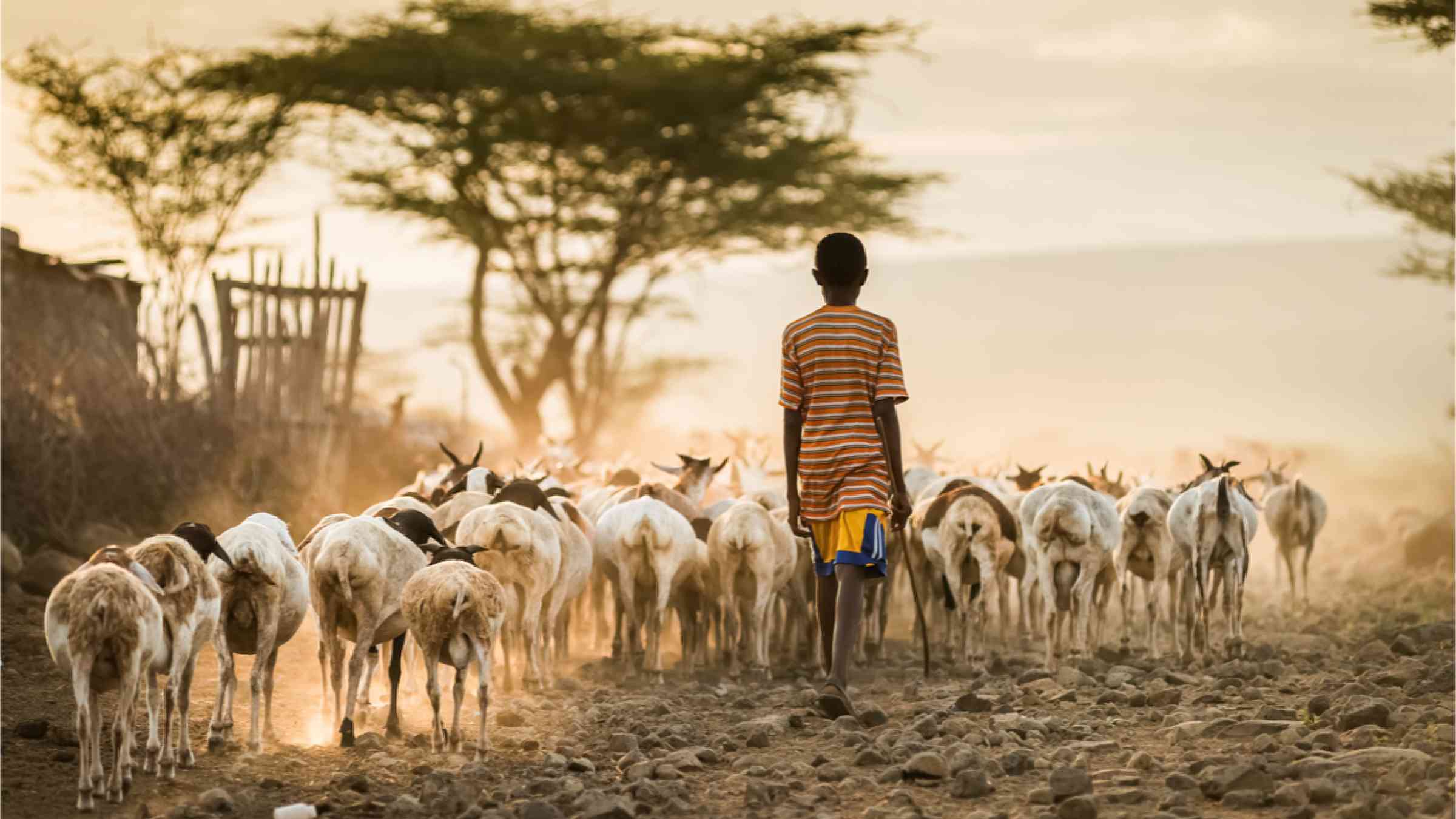What we can learn from Somalia about anticipating climate disaster

[...]
Anticipatory action – actions triggered before a crisis in order to mitigate the worst effects of the crisis, or even avoid crisis altogether – is increasingly attracting global attention as an approach to reducing the humanitarian impact of drought and other climate hazards. The UK government has recently articulated commitments to strengthening anticipatory action.
[...]
To fill in some of these knowledge gaps, the Supporting Pastoralism and Agriculture in Recurrent and Protracted Crises (SPARC) research programme is holding regular conversations with approximately 60 pastoralists, agro-pastoralists and farmers in three locations in Somalia over the course of a year.
Communities in this region face frequent weather extremes, often at the same time as other difficulties. SPARC is investigating how people are already planning ahead, and what information about the future they use to make decisions.
[...]
So far, SPARC’s work has highlighted three important points that can strengthen anticipatory action in Somalia:
- Anticipating weather-related shocks is not as simple as predicting rainfall, then looking at the agricultural seasonal calendar. People in many parts of Somalia have been faced with several overlapping shocks, with interconnected impacts, which limits their capacity to prepare.
- Livelihoods often combine activities across rural and urban settings, but early warning systems currently used to trigger anticipatory action tend to look at particular hazards such as drought, usually related to agriculture, and rely on a very narrow set of parameters. This mismatch makes it hard to use them to trigger the right support at the right time.
- Communities’ difficulties begin long before humanitarian timescales and systems for anticipatory action. Government and aid actors need to work hard to address climate risks on all time scales. This includes longer term support to risk reduction, adaptation and development as well as the short timeframes of anticipatory actions, especially because livelihoods are dynamic and so support must help people as they constantly adapt.
[...]